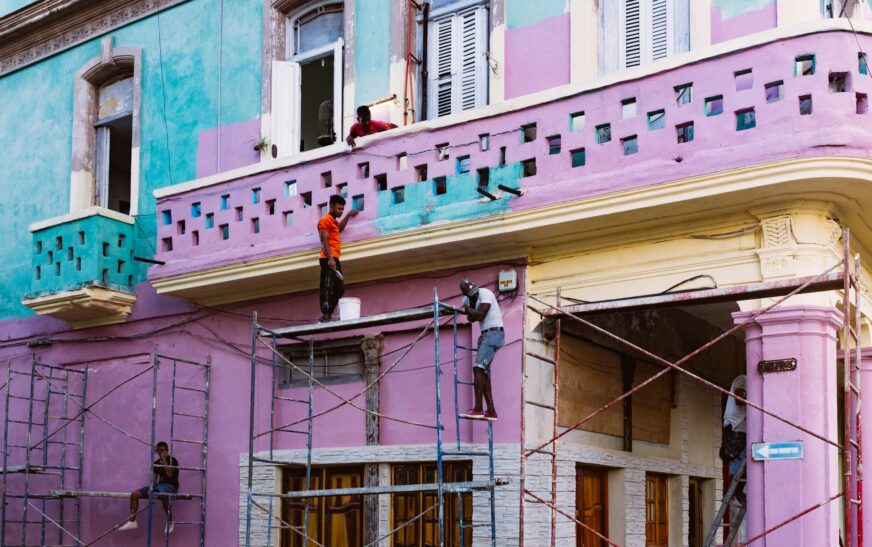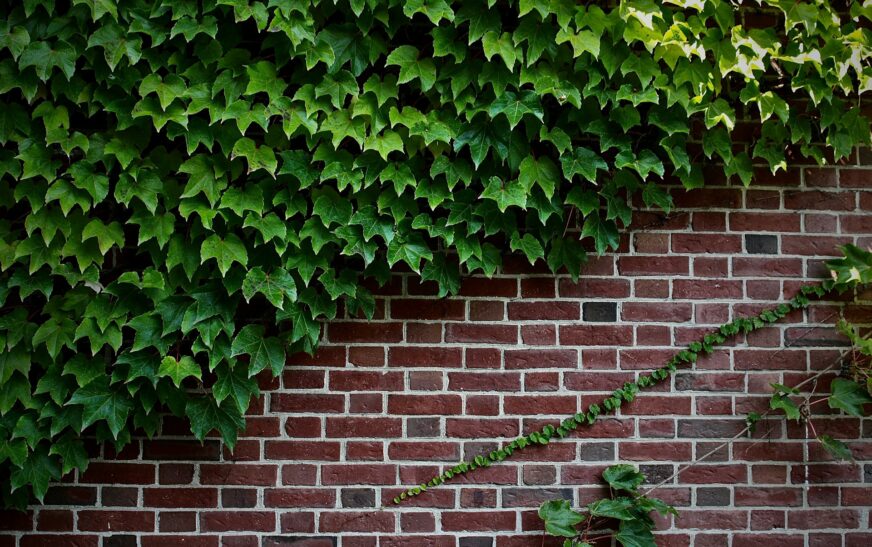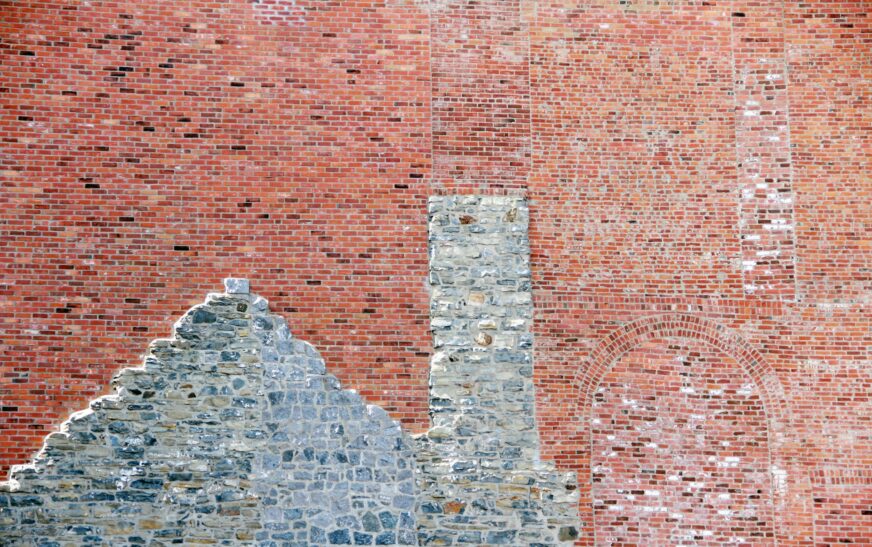Every homeowner at some point asks: “Can I paint my brick house?” The short answer: yes. The long, slightly more judgmental answer: maybe… but tread carefully.
Can I Paint My Brick House?
Sure, painted brick can look sleek, modern, and Pinterest-ready. But beneath that shiny new coat lies a world of hidden considerations—moisture, maintenance, and the fact that you might be committing your brick to a permanent identity shift.
1. You Can—But Know What You’re Getting Into
Technically, painting brick is possible. There are primers and paints made just for masonry, and yes—they can make your home look fabulous.
Here’s the catch: brick is porous. It naturally absorbs and releases moisture. When you seal it with paint, you interrupt that cycle. Water can get trapped inside, quietly undermining both the surface and structure over time.
Before brushing on a new hue, ask yourself: am I covering up dirt—or potentially creating a moisture trap?
2. Painted Brick Is (Mostly) Forever
Unlike siding or wood, brick doesn’t easily give back what you’ve painted on it. Paint sinks into its porous surface, and removing it later can be a nightmare:
- Uneven coloring
- Surface damage
- Permanent texture loss
In short: this isn’t just a cosmetic update. It’s a major makeover for your brick’s identity.
3. It Changes More Than Just the Look
Yes, painted brick can boost curb appeal—but it also brings:
- Ongoing maintenance (touch-ups, cleaning, repainting)
- Loss of the low-maintenance advantage of natural brick
- Possible disqualification from historic protections or HOA rules
That gorgeous new finish might come with red tape and rules you didn’t anticipate.
4. Moisture: The Silent Villain
One of the biggest risks? Trapped moisture. When water can’t escape through the paint layer—especially in freezing climates—trouble follows:
- Efflorescence (white, chalky streaks)
- Flaking or spalling (brick surface breaking off)
- Hidden mold growth
Ironically, the paint meant to protect can become the brick’s worst enemy.
Read More : Why Shouldn’t You Paint Brick?
5. Alternatives Worth Considering
If you’re drawn to a fresh look but wary of paint’s long-term risks, consider:
- Masonry stains: They let the brick breathe while enhancing color
- Limewash or mineral paint: Porous, breathable, and naturally textured
- Landscaping or trim upgrades: Complement your existing brick without touching it
These options let you change the style without committing your brick to a long-term paint saga.
Bottom line: Painting brick isn’t inherently “wrong,” but it’s more than a design choice—it’s a structural decision. Think long-term, weigh the risks, and don’t just chase curb appeal. Your brick will thank you… eventually.










